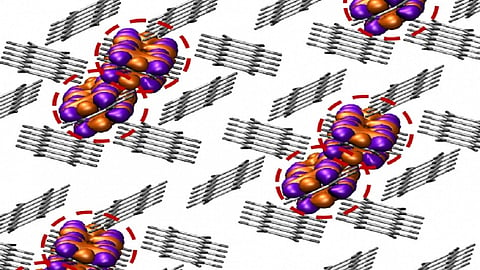

Researchers at the Massachusetts Institute of Technology (MIT) have proposed a method to collect 2 electrons from each photon instead of 1 to break through the theoretical solar cell efficiency limit. They claim the new approach could pass the standard limit of about 29.1% conversion of solar energy that is generally accepted as the absolute theoretical maximum efficiency for conventional silicon cells up to a maximum of about 35%.
Having launched a research on the subject in 2013, and building on the findings, the MIT team used an organic PV cell with lower efficiency than a silicon solar cell to produce 2 electrons from 1 photon.
It was possible because of the class of materials used that possess excited states called excitons. The materials absorb a photon leading to the formation of an exciton. These excitons were made to go through a process called singlet exciton fission that split the energy into 2 separate, independently moving packets of energy.
The MIT team says the tricky part and something that had never been accomplished before was coupling this energy into the silicon that is not excitonic. To deal with this, the team tried coupling the energy from the excitonic layer into quantum dots which 'worked like a charm' and helped the team determine a surface of the material being a more important factor than its bulk.
They put an 8 angstroms thick intermediate layer of hafnium oxynitride between the silicon solar cell and the tetracene layer with its excitonic properties that acted as a bridge for the single high-energy photons to trigger the release of 2 electrons inside the silicon cell. This 'ended up defining everything. It's why other researchers couldn't get this process to work and why we finally did," said the research team.
MIT's research findings are published in Nature.
While the researchers feel more work is needed to optimize the silicon cells for this process to be able to start commercial application of this method, they express hope out of another process to improve the efficiency of solar cells – stacking a perovskite layer over the silicon layer, which is pursued by European start-up Oxford PV among others.
.png?w=50&fm=png)